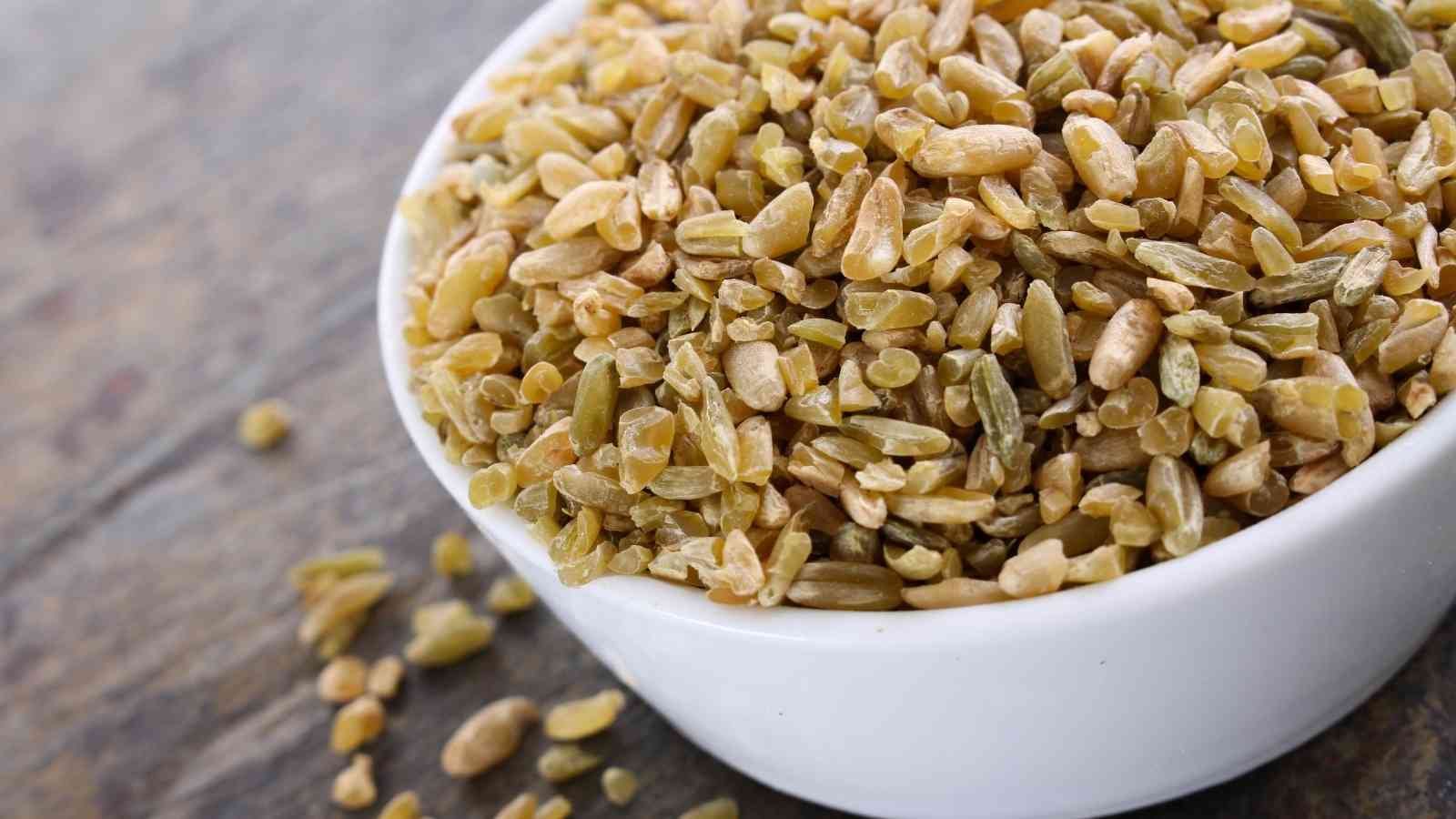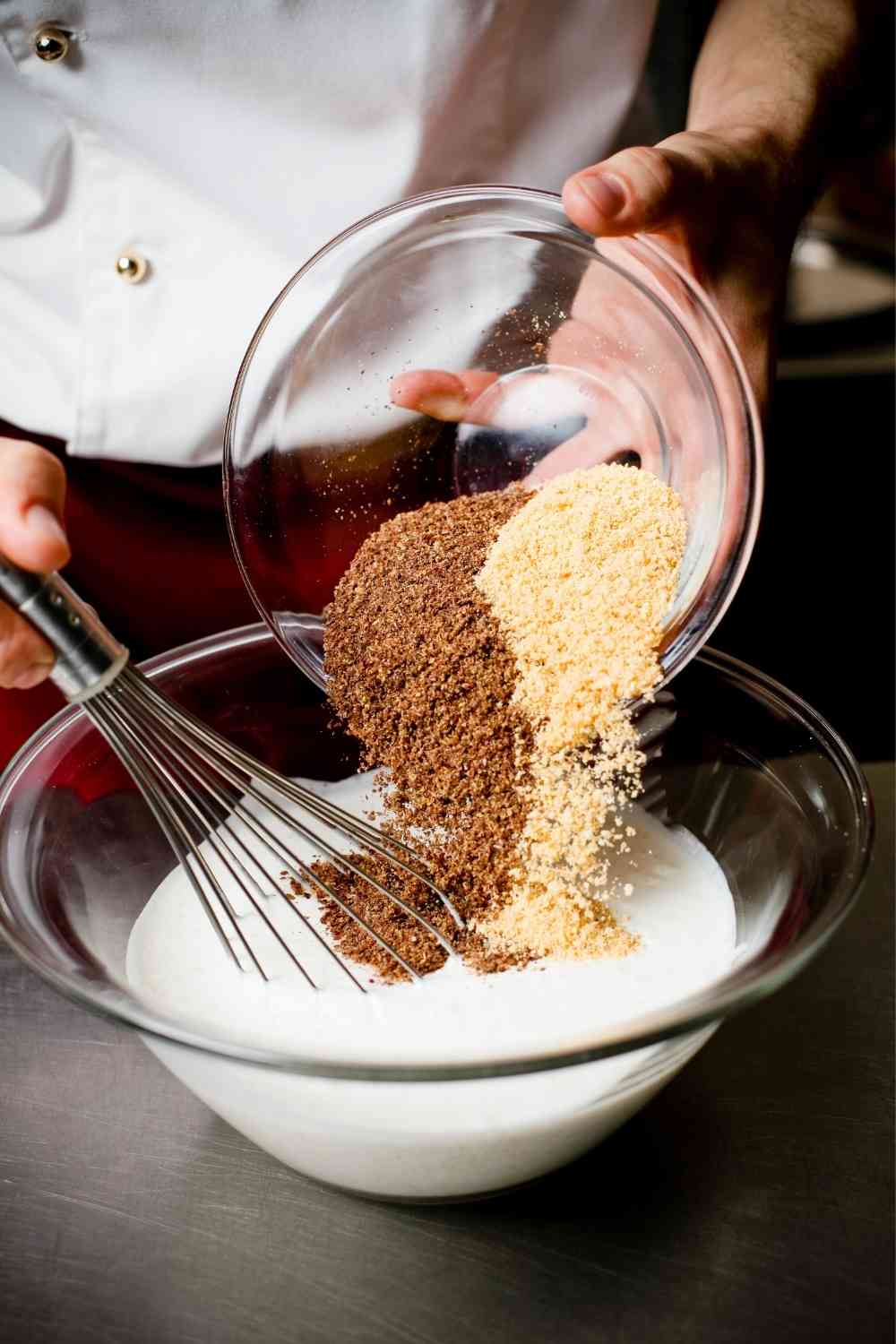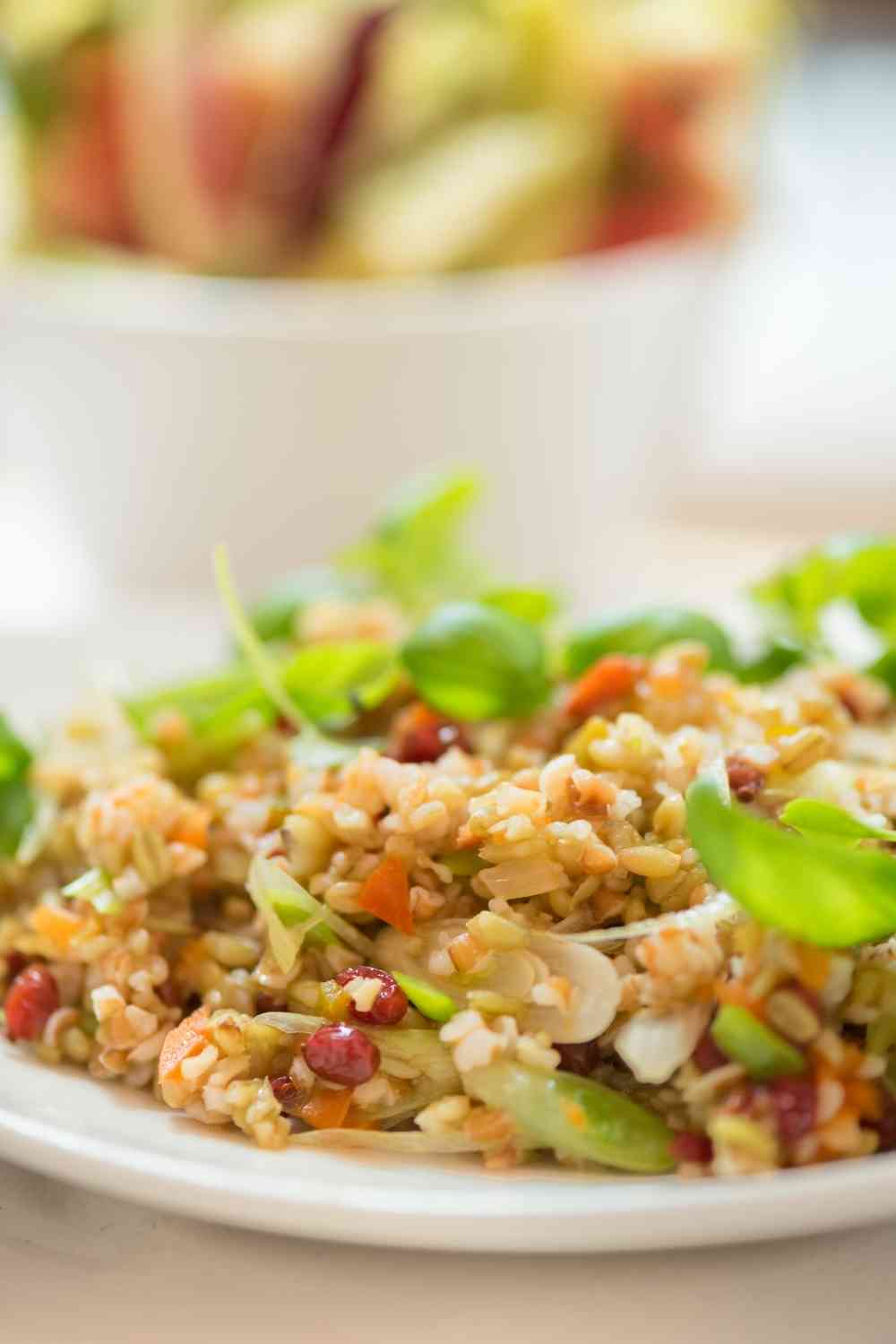Its origins are in the Middle East and North Africa, where it has been eaten for generations, particularly in southern Lebanon and Egypt. What is Freekeh - Whole grain freekeh is a cereal grain. However, its more recent growth in popularity in the United States may be attributed in part to its appearance on an episode of "The Oprah Winfrey Show" in 2010. Although vegetarians and vegans are often credited with initiating the "ancient grain" food fad, which includes quinoa and teff, the movement is gaining traction with mainstream American customers searching for novel alternatives to oats and rice, according to the New York Times.

What Is Freekeh?
Freekeh, also known as "farik" or "frik," is a whole grain that is related to bulgur wheat, farro, spelled, and wheatberries, but has different properties. It is grown throughout the Middle East and North Africa. In this case, the Arabic-derived term "freekeh," derived from the word farak, which means "to rub," refers to the manufacturing method rather than the name of a particular factory. The stalks of durum wheat are burned to eliminate the chaff after it has been harvested before it has completely ripened. Even if the moisture-laden baby grains survive the flames, vigorous "rubbing" or threshing liberates the now roasted green kernels.
How to Prepare Freekeh
It takes around 45 to 50 minutes to cook whole freekeh, but you can sometimes find it cracked, which reduces the cooking time by half without sacrificing any of the nutritious value of the entire grain.

Cover the entire freekeh thoroughly with water or broth and bring it to a boil, then decrease the heat and let it simmer for 45 minutes or so until the grains have reached the consistency you prefer, stirring occasionally. Afterward, you can easily drain away any remaining water. Rather than the traditional 2:1 liquid to grain ratio, use about 2 1/2 cups of water or vegetable broth for every 1 cup of cracked freekeh when preparing cracked freekeh. Reduce heat to low and simmer for 15 to 20 minutes, or until the grains have absorbed all of the liquid and become soft. Before serving, fluff it with a fork to make it more fluffy. Some individuals like to cook freekeh in salted water with a drizzle of olive oil, similar to how they prepare pasta. However, you may experiment with both methods to find which method is your particular favorite.
If you're already familiar with cooking with whole grains, you'll have no trouble coming up with creative ways to include freekeh into your meals, from whole-grain salads to pilafs, stir-fries, risottos, tabbouleh, and soups. If you can create anything with rice, you can certainly make something with freekeh—sushi, anyone?
What Is the Flavor of Its Essence?
Despite the fact that freekeh has a nuttiness and chewy texture comparable to other wheat products such as bulgur or wheat berries, its smokey taste distinguishes it from these other wheat products. You may also buy freekeh that has already been seasoned, such as in tamari or rosemary sage flavorings.
Recipes for Freekeh
You can use quick-cooking freekeh in place of virtually any whole grain in nearly any dish, so if you would use rice, bulgur, wheat berries, quinoa, or any of the other ancient grains, you can substitute quick-cooking freekeh.
Where Can I Purchase Freekeh?
Cracked freekeh is available at many natural food stores with other packaged whole grains; but, unlike other whole grains, freekeh is difficult to come by in the bulk foods department of most stores. It may sometimes be found in the foreign foods section of the supermarket, with other Middle Eastern goods. This grain is also available at a number of local co-ops and organic grocery shops. There are shop locators on the websites of freekeh importers, and of course the herb may be found extensively on the internet. Imported brands may be available at a speciality store that specializes in Middle Eastern items.

Storage
To keep freekeh fresh in your pantry, follow any recommendations for whole-grain storage. The best method to preserve the entire freekeh is to keep it in an airtight container away from heat, moisture, and light; when kept correctly, the whole freekeh may survive for many years without going bad. Cracked grains don't hold their freshness for as long as whole grains, so if you're planning to preserve cracked freekeh for more than a few months, store it in an airtight container in the refrigerated or the freezer. Leftover cooked freekeh may be stored in an airtight container in the refrigerator for three to four days, or in the freezer for up to three months, depending on how much you make.




